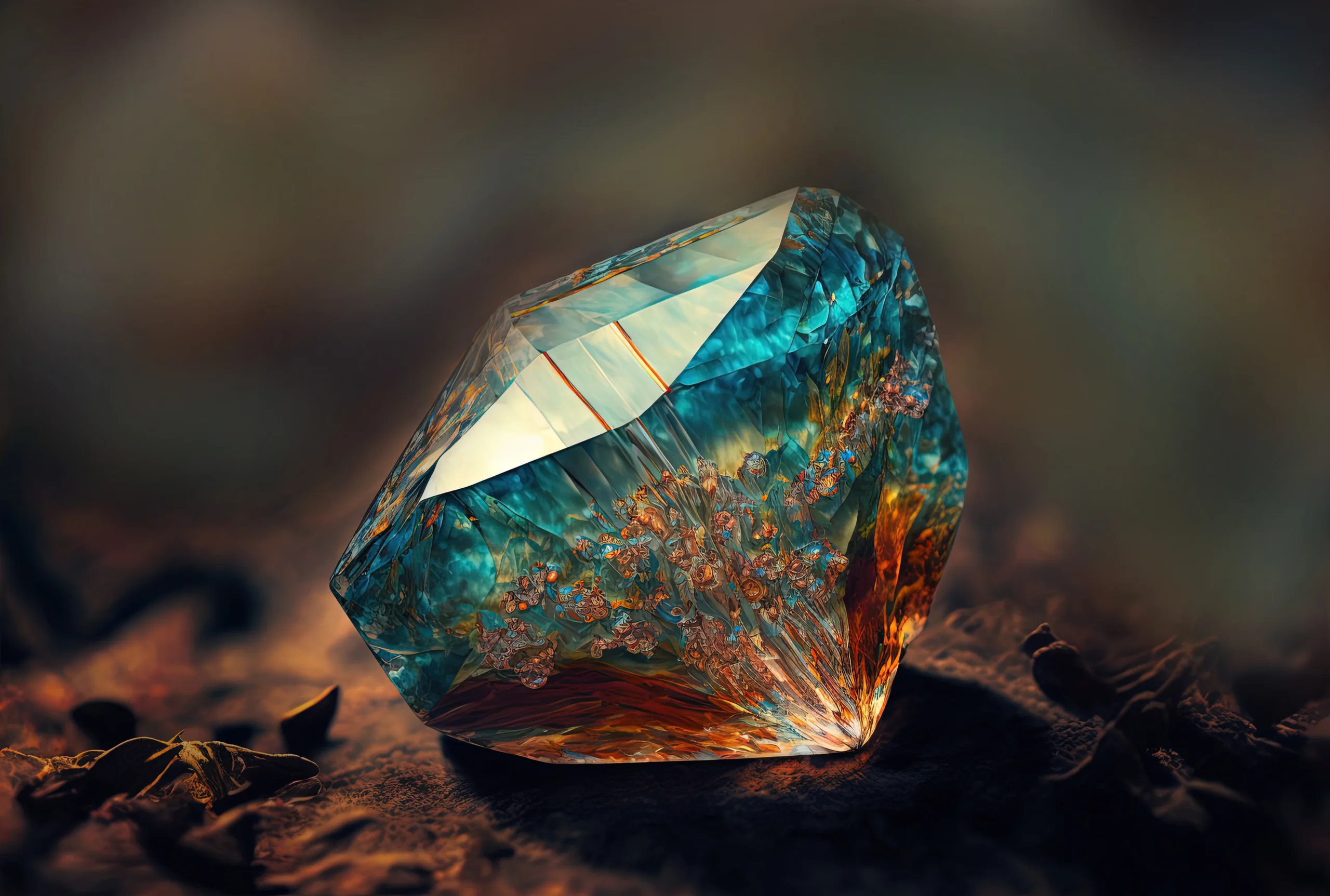
December, a month adorned with festivities and reflections, unveils its treasures in the form of three distinctive birthstones: Tanzanite, Turquoise, and Zircon. These gems, with their mesmerizing hues and intriguing histories, captivate the imagination and hold a wealth of secrets waiting to be discovered. In this comprehensive exploration, we embark on a journey through time and geology to unravel the stories and allure behind each December birthstone.
Formation and Discovery:
Tanzanite, a geological marvel formed over millions of years, derives its name from its exclusive origin near Mount Kilimanjaro in Tanzania. Discovered in 1967, this gemstone is a variety of zoisite transformed by the Earth’s forces. Its captivating trichroic nature allows it to showcase a spectrum of colors, from deep blues to enchanting violets.
Historical Significance:
Beyond its recent discovery, Tanzanite has swiftly become a symbol of elegance and sophistication. Tiffany & Co.’s recognition propelled it into the limelight, associating it with high-end jewelry. However, its metaphysical significance is equally compelling, believed to stimulate spiritual growth, provide insight, and facilitate personal transformation.
Fun Fact:
Tanzanite’s rarity is accentuated by its single-source origin. Experts predict that due to ongoing mining restrictions in Tanzania, the availability of Tanzanite may diminish, making each gem a precious piece of Earth’s history. Tanzanite’s pleochroism, the ability to exhibit different colors depending on the angle of view, adds an extra layer of fascination. The gem is trichroic, displaying blue, violet, and burgundy hues. Due to its relatively recent discovery, Tanzanite is considered a modern addition to the world of gemstones.
Formation and Discovery:
Turquoise, with its captivating blue-green hues, unfolds its tale in arid regions where copper, aluminum, and phosphorus-laden waters interact with minerals. The name “Turquoise” echoes its historical trade route from Persia to Europe through Turkey, symbolizing its journey through time.
Historical Significance:
With a history spanning over six millennia, Turquoise is steeped in reverence. Native American tribes, including the Navajo and Pueblo, considered it a sacred stone, integral to spiritual ceremonies and intricate jewelry. In ancient Egypt, it adorned the tombs of pharaohs, symbolizing protection and good fortune.
Fun Fact:
Turquoise’s color-changing nature, influenced by external factors, mirrors the dynamic essence of life itself. Each gem, like its wearer, undergoes a unique transformation over time.
Formation and Discovery:
Zircon, often mistaken for cubic zirconia, is a naturally occurring gem found in a kaleidoscope of colors. Formed in igneous rocks and sedimentary deposits, its brilliance arises from a high refractive index, creating a dazzling play of light.
Historical Significance:
The name “Zircon” originates from the Persian word “zargun,” reflecting its association with gold. In the Middle Ages, Zircon was revered as a talisman, believed to bring wisdom, honor, and prosperity. Renaissance-era Europe witnessed its rise as a symbol of purity, gracing royal jewelry and religious artifacts.
Fun Fact:
Zircon’s role in radiometric dating, measuring radioactive decay, showcases its dual identity as both a dazzling gemstone and a valuable tool for scientists exploring the mysteries of the Earth’s history. Zircon’s brilliance is accentuated by its dispersion, a quality that separates light into its component colors. This dispersion, higher than that of diamonds, gives zircon a vivid play of colors. Despite its historical significance, zircon is often overlooked in favor of other gemstones, making it a hidden treasure for those in the know.
Utilization Throughout History:
Throughout the ages, these December birthstones have not merely been accessories; they’ve been revered for their perceived protective and healing properties. Our ancestors, from Native American tribes to ancient Egyptians, adorned themselves with these gems, weaving a cultural tapestry that transcends time.
Modern Trends and Preferences:
In the contemporary era, the allure of Tanzanite, Turquoise, and Zircon endures. Jewelry designers craft pieces that cater to a myriad of tastes – from classic designs to modern, minimalist expressions. The timeless popularity of these birthstones resonates with those seeking a connection to both tradition and innovation.
As we conclude our journey through the intricate tapestry of Tanzanite, Turquoise, and Zircon, we find ourselves immersed in a world where geological wonders, cultural traditions, and mystical beliefs intertwine. These birthstones, with their rich histories and enchanting qualities, beckon us to embrace the marvels of the natural world and connect with the profound stories woven into their depths. Whether cherished for their aesthetic allure, metaphysical properties, or historical significance, these December birthstones stand as timeless treasures, offering a glimpse into the beauty and mystery of our planet’s geological heritage. In wearing Tanzanite, Turquoise, or Zircon, we carry not just a piece of jewelry but a symbol of a legacy that spans generations – a legacy etched in the very fabric of the Earth itself.